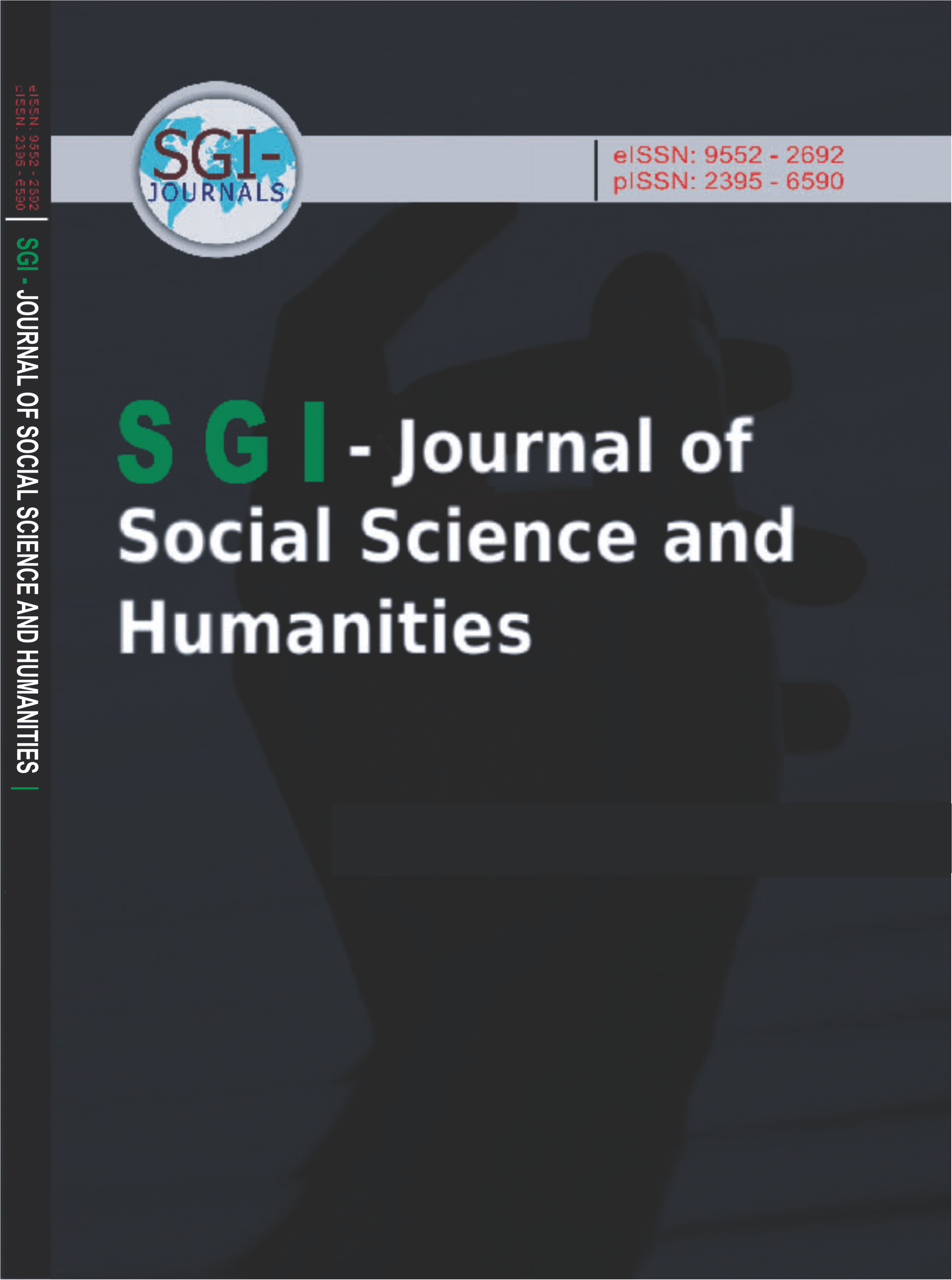SGI-JOURNAL OF SOCIAL SCIENCE AND HUMANITIES (SGI-JSSH)
BEING A CRITICAL AND CREATIVE THINKER: A BALANCED THINKING MODE
E-ISSN: 9552-2692
P-ISSN: 2395-6590
DOI: https://iigdpublishers.com/article/436
Our society, in fact, is always in a state of flux—conceptually, technologically, and socially. Thus, thinking critically and creatively is necessary for survival in our changing world. The main reason we need to nurture critical and creative thinking is because both abilities are beneficial for personal, educational, and economic development. This paper examines the literature on critical and creative thinking and suggests that both types of thinking play equal roles in fulfilling a better andragogy. First, the concepts of critical and creative thinking are reviewed. Then a protocol is proposed to implement a full cycle of learning experiences in adult classrooms. The proposed protocol is the five Es: (a) Expand the horizon, (b) Explore the possibilities, (c) Exchange the ideas, (d) Evaluate the assumptions, and (e) Enact the solutions. Finally, suggestions and implications are discussed.
Kuan Chen Tsai
Allen, A. P., & Thomas, K. E. (2011). A dual process account of creative thinking. Creativity Research Journal, 23(2), 109-118.
Ayman-Nolley, S. (1999). A Piagetian perspective on the dialectic process of creativity. Creativity Research Journal, 12(4), 267-275.
Boden, M. A. (1990). The creative mind: Myths & mechanisms. London, UK: George Weidenfeld and Nicolson.
Boden, M. A. (2001). Creativity and knowledge. In A. Craft, B. Jeffrey, & M. Leibling (Eds.), Creativity in education (pp. 95-102). New York, NY: Continuum.
Brookfield, S. D. (1987). Developing critical thinkers: Challenging adults to explore alternative
ways of thinking and acting. San Francisco, CA: Jossey-Bass.
